Retirement sounds like a long way off but the earlier you start, the better! One of the most important financial goals that most people have in mind is planning for retirement.
Nowadays, there are many options to create a corpus when people decide to retire. Even if you are in your 20s and 30s, this is a good time to plan for your retirement life. You have the advantage of saving for the long term too. Sign up with Koshex and explore a smooth investment journey using India’s favorite financial planning app now!
This article will look in-depth at PF and VPF and understand why you should opt for VPF.
What are PF and VPF?
Launched in 1952, PF or Provident Fund is a Government backed retirement scheme to help salaried employees reach their financial goals. Every month, a certain part of their basic salary is deducted and invested in a pension fund.
The employer contributes an amount equal to the employee’s contribution, which is invested in the same fund. At present, both these contributions are mandated at 12% of a person’s basic salary.
The contribution of all salaried employees and their employers across India is managed by the Central Board of Trustees of the Employees’ Provident Fund Organization (EPFO) controlled by the Ministry of Labour, Government of India. Interest is also paid on this entire pool of money, which EPFO declares from time to time. The interest rate on PF for FY 2021–22 is 8.1%.
Over time, these monthly contributions grow into a significant sum. An employee can withdraw this sum upon retirement or termination of employment.
So, what is the voluntary provident fund? VPF’s full form is Voluntary Provident Fund. As the name suggests, this is a voluntary contribution that can be made by someone over and above their mandatory PF contributions.
The amount is invested in the same fund as EPFO. However, it is important to keep in mind that no matter how much a person contributes voluntarily, the employer will contribute only 12% of the employee’s basic salary.
Features of VPF
PF contributions are mandatory as soon as a person gets employed. However, voluntary provident funds are not. They are solely done at an investor’s discretion and are largely guided by their financial goals. Hence, having a clear understanding of VPF is essential to make an informed choice.
Let us take a look at the various aspects of VPF:
- Maximum contribution under VPF: Employees can contribute up to 100% of their basic salary and dearness allowance towards their VPF account.
- Who can opt for VPF? Only people employed with an organization duly recognized by the EPFO can participate in the VPF scheme. Self-employed individuals or people working in unorganized sectors cannot contribute to VPF.
- VPF interest rate: VPF interest rate is the same as PF’s since the ultimate pool of funds is the same.
- Does VPF come under 80C? Yes. VPF contributions are tax-free under Section 80C of the Income Tax Act 19761. However, the total contribution under PF and VPF should be less than Rs 2.5 lakhs for each individual. The interest income earned on VPF is also tax-free.
- Withdrawal: The fund in VPF is given a similar treatment as PF. Hence, like a provident fund, it is withdrawable upon retirement or termination of employment. It can also be transferred from one employer to another when someone changes jobs.
Why should you opt for VPF?
The voluntary provident fund has a range of benefits for anyone looking to create a pool of funds for retirement and other purposes, such as saving for children’s higher education or the wedding of their children.
A voluntary provident fund is a safe and convenient way of saving money. Since the Government of India backs the fund, there is no doubt about the security of the money invested. Additionally, the interest rate on VPF is usually higher than other risk-free investment options.
All contributions to VPF are tax-free under Section 80C of the Income Tax Act, subject to a maximum contribution of Rs 2.5 lakhs, including a person’s PF and VPF contributions. Moreover, all interest income earned from the fund is also tax-free.
VPF is a great investment option for anyone having a long-term horizon for investing their money. Since money is deducted regularly from the salary, it is convenient and helps someone build a substantial corpus without compromising their monthly budget.
How to start contributing to VPF?
Starting a VPF account is very easy. One needs to inform their employer they want to start the contribution, and the employer will take care of the rest. The employer will take the employee’s consent and deduct the salary amount. This makes VPF a convenient tax-saving option as well.
How to check the balance of VPF?
Provident fund and voluntary provident fund balances can be checked in various ways:
Through UAN: UAN or Universal Account Number is the account number assigned to every eligible member of EPFO. Once the UAN is activated, monthly SMS alerts confirming the balance are sent to members.
From the EPFO website: One can visit the Know Your PF Balance page on the EPFO website and check the balance after entering the UAN.
Through missed call service: One can give a missed call to 011 2290 1406 from the registered mobile number. They will be sent an SMS with the latest balance information.
Through EPF mobile app: One can download the EPFO mobile app from the official website of EPFO and check the balance.
Via SMS: Balance can also be checked by messaging EPFOHO UAN ENG to 7738 299 899. An SMS will be sent back confirming the PF and VPF balance.
VPF combines risk-free investment, assured interest, tax exemption on investment amount, and tax-free returns. This makes VPF a popular choice among all kinds of investors, irrespective of their profile. Balancing the risk is a major part of any investment portfolio.
Even the most high-risk portfolios have a debt component to mitigate risk. A voluntary provident fund is among the best choices to contribute to this aspect.
Conclusion
Every rupee that you save is going to support you as the power of compounding works its magic over time. Tracking your savings and investments periodically is essential. While you may want to work longer, the most important factor to consider is to ensure you have enough savings and investments to support your desired lifestyle when you retire. A stress-free retirement life is something that you want to plan for by striving to save at least 5% annually or by keeping aside your bonus.
Look at Koshex, India’s favorite investment app, to create a balanced portfolio. We empower you with data and insights to help you make informed decisions about your portfolio. From tracking cashflows to investment insights – this feature-rich app will change how you look at investment. The earlier you start planning for retirement, the better.
Sign up with Koshex now and experience the next generation of portfolio management.
FAQs
Is the VPF account of a person different from their PF account?
No. A person’s VPF and EPF accounts are the same. No separate account is created when someone contributes to a voluntary provident fund.
VPF comes under which section?
All contributions made towards VPF are tax-free under Section 80C of the Income Tax Act 1961. However, the maximum limit for this tax exemption is Rs 2.5 Lakhs for the combined contribution of PF and VPF.

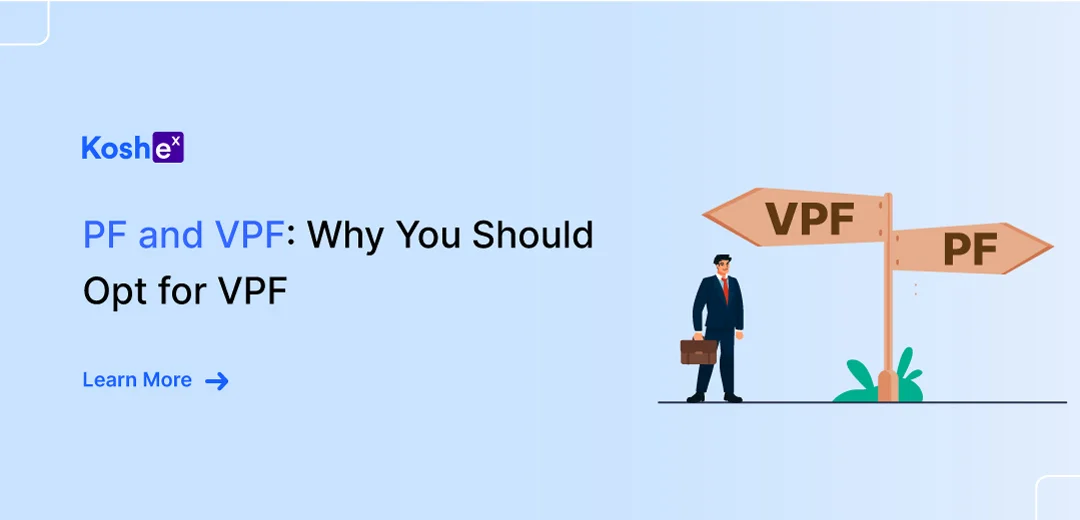
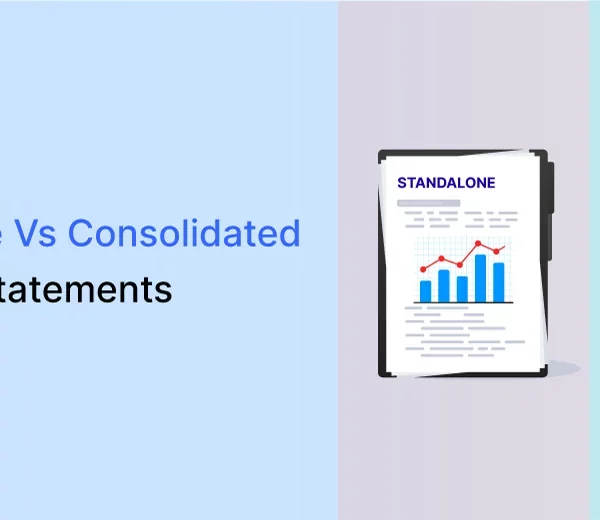

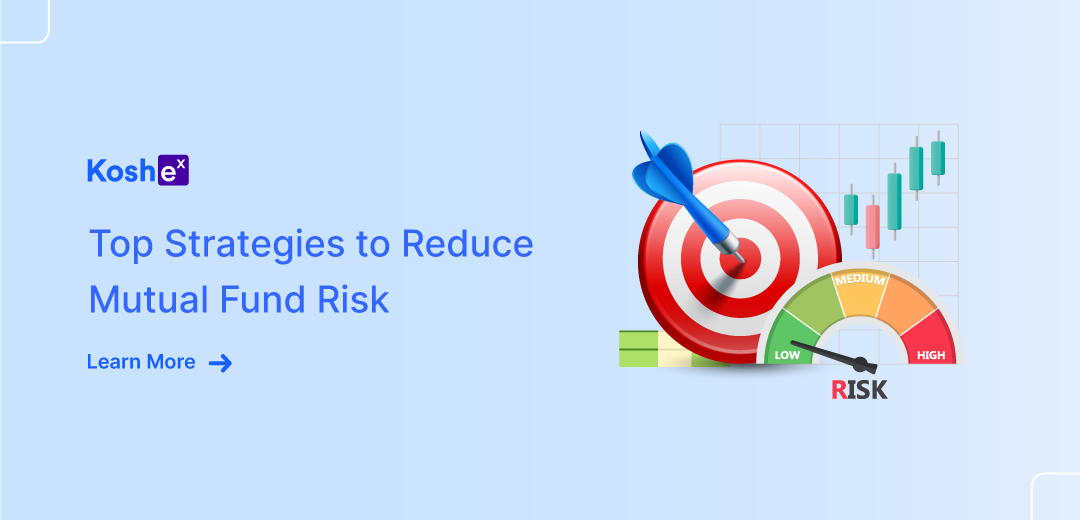
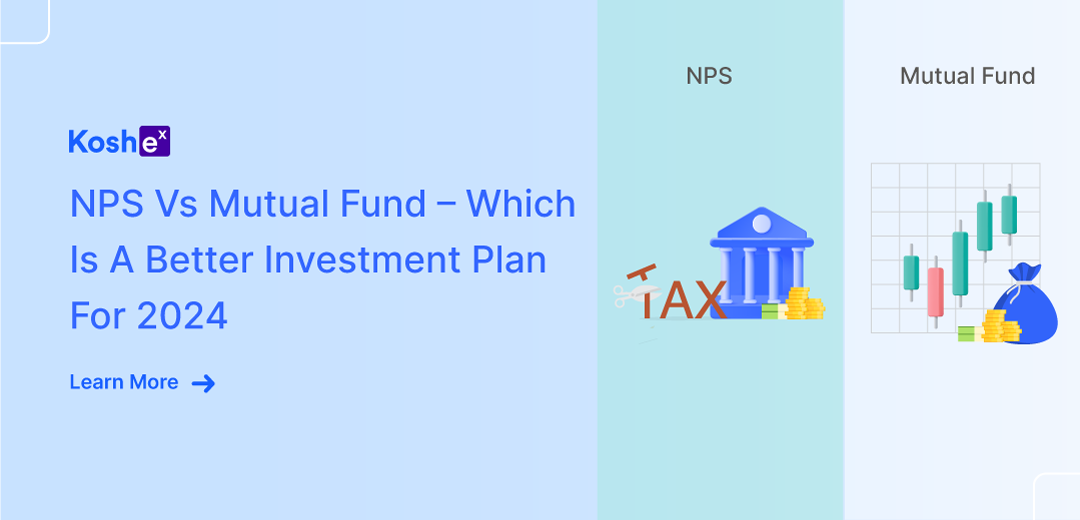
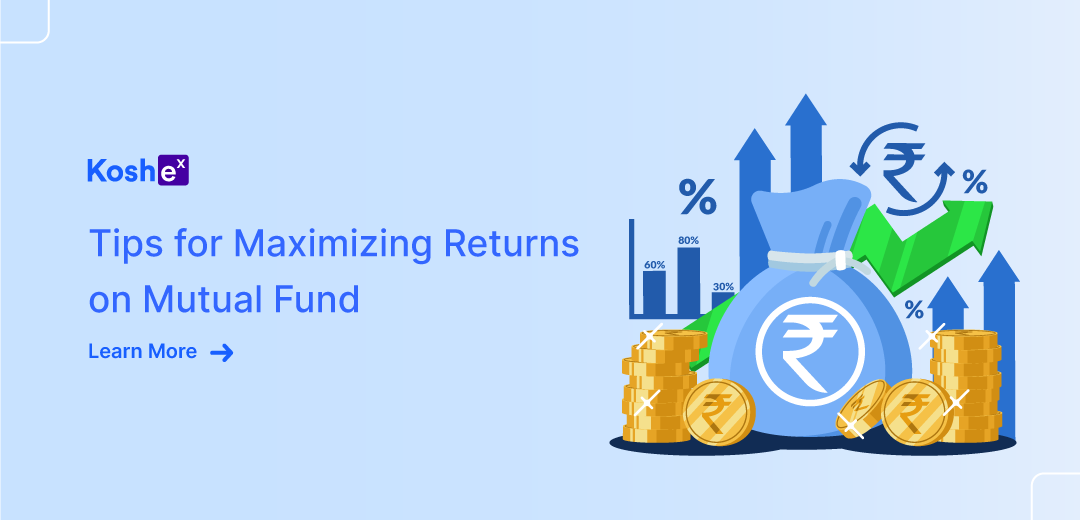


Leave a Comment